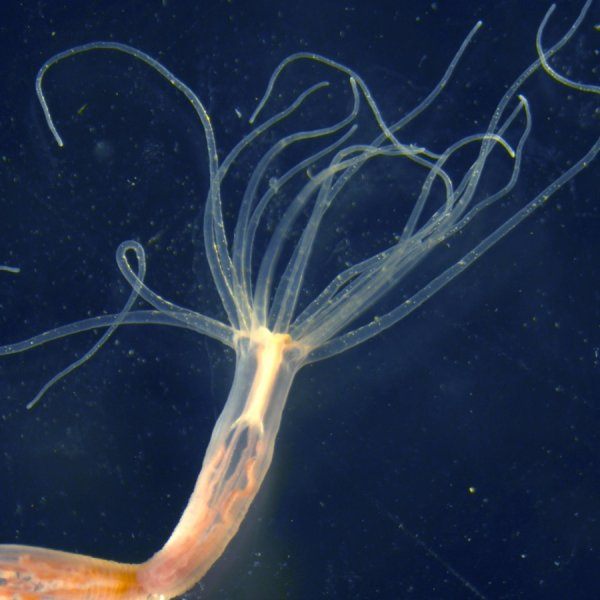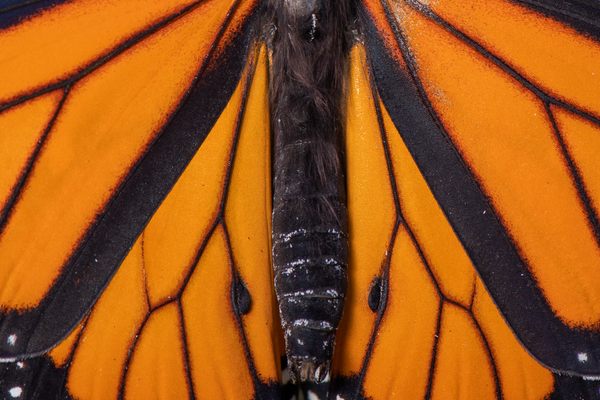A Sea Anemone’s Venom Can Change Over the Course of Its Life
Shifts in age and environment can alter toxins.

Nematostella vectensis, a species of sea anemone, possesses tentacles that look like ethereal tendrils of tulle. However delicate, the creatures are not to be trifled with.
Mature members of the species use the tentacles to sting prospective food, usually shrimp and small fish. Juveniles can pack a wallop, too, but venomous behaviors change pretty remarkably over the course of the organism’s life, as researchers at Hebrew University’s Alexander Silberman Institute of Life Sciences describe in a new paper in the peer-reviewed, open-access journal eLife Sciences.
“Until now, venom research focused mainly on toxins produced by adult animals,” said Yehu Moran, an experimental biologist at Hebrew University and one of the study’s lead authors, in a statement. “However, by studying sea anemones from birth to death, we discovered that animals have a much wider toxin arsenal than previously thought.”
To see how the venom changed over time, researchers genetically modified N. vectensis specimens in the lab, adding fluorescent markers to identify toxin-producing cells. The scientists concluded that the anemones produce various types of venom, which “evolves to best meet threats from predators and to cope with changing aquatic environments,” Moran said.

Like many organisms, the anemones, which spend their lives in shallow salt marshes and lagoons along the coastal United States and southeast England, are born vulnerable. As larvae, these creatures are susceptible to being gobbled up by fish and shrimp. But they’ve got defenses: The researchers found that the larvae produce a potent venom that nudges predators to spit them out when they go in for a nibble. When the scientists lumped the swimming anemone larvae in with some nauplii brine shrimp—individuals in their first larval stage—N. vectensis decimated the crustaceans. Three of the eight were paralyzed or dead within 10 minutes. A lone survivor hung in there for an hour and a half.
The young anemones aren’t the only creatures who excrete something noxious to deter predators: When bombardier beetles find themselves in the dark depths of a toad’s stomach, for example, they expel hundreds of caustic sprays each second. More often than not, toads end up regurgitating the insects, which can withstand the predator’s acids and go on their merry way when they’re back on the outside. But the researchers found that, unlike some other creatures with unappetizing expulsions, the anemones produce a different type of venom when they grow and become predators in their own right.
“This evolutionary plasticity might be one of the factors that made sea anemones such a successful group that inhabits all the world’s oceans for the last 600 million years,” the scientists write. However it’s wielded, venom can be a sharp tool for survival.


















Follow us on Twitter to get the latest on the world's hidden wonders.
Like us on Facebook to get the latest on the world's hidden wonders.
Follow us on Twitter Like us on Facebook